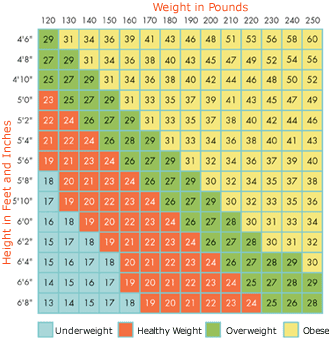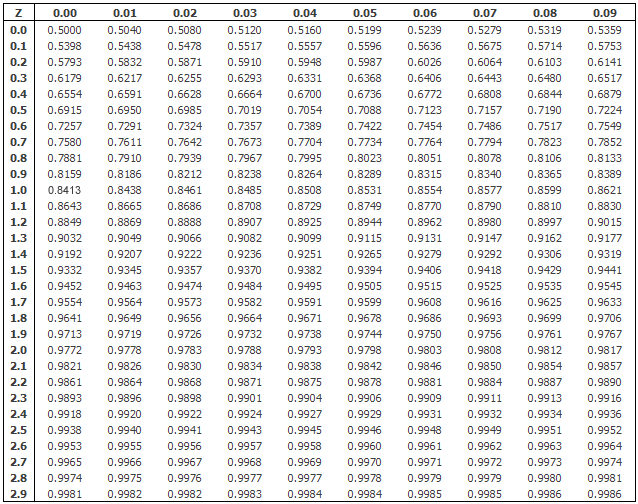Contents:


Though it would also raise revenue—around $42 billion over the next decade on a conventional basis, and just under $38 billion on a dynamic basis—it would not exceed the costs. The difference between the methods becomes wider with higher price increases. For example, if the last-in inventory increases to $218 and December’s new unit increases to $220, then the effective tax rates are 35% for FIFO, 22.4% for LIFO, and 21% for expensing . Ultimately, LIFO gets close to expensing treatment economically, while still being consistent with the notion of matching deductions to goods sold. Although the ABC Company example above is fairly straightforward, the subject of inventory and whether to use LIFO, FIFO, or average cost can be complex. Knowing how to manage inventory is a critical tool for companies, small or large; as well as a major success factor for any business that holds inventory.
Here are answers to the most common questions about the LIFO inventory method. Having a single source of accurate supply chain analytics and data is critical to ensuring the financial well-being of your ecommerce business. The ending inventory value is then calculated by adding the value of Batch 1 and the remaining units of Batch 2. Taxable income is the amount of income subject to tax, after deductions and exemptions. For both individuals and corporations, taxable income differs from—and is less than—gross income. The pandemic caused interruptions to chipmaker operations, reducing supply, while at the same time lockdowns and other measures to keep people at home spurred an increase in demand for consumer electronics.
LIFO treatment of inventories is not a solution to supply chain difficulties. However, repealing the provision would further penalize inventory investment and could make these problems worse. Full expensing for inventories would provide a further improvement to the status quo, though it would likely only have a marginal impact relative to other factors driving supply chain woes. As Massachusetts Institute of Technology professor Yossi Sheffi wrote recently, Toyota was well-prepared. Initially, the deeper stockpile served the firm well, as they were able to maintain production levels for longer than some of their competitors. But eventually, those supplies ran out, and Toyota too had to reduce production.
Important Points About LIFO Reserve
PwC refers to the US member firm or one of its subsidiaries or affiliates, and may sometimes refer to the PwC network. This content is for general information purposes only, and should not be used as a substitute for consultation with professional advisors. The contra inventory account will reduce the recorded cost of inventory.
To compute the FIFO amount of cost of goods sold of company A, the change in the LIFO reserve account during the period would be subtracted from the LIFO amount of the cost of goods sold of company A. The LIFO reserve is designed to show how the LIFO and FIFO inventory valuation systems work and the financial differences between the two. First-in, first-out is a valuation method in which the assets produced or acquired first are sold, used, or disposed of first. The LIFO reserve is an accounting measure that looks at the difference between the FIFO and LIFO cost of inventory. Although using the LIFO method will cut into his profit, it also means that Lee will get a tax break.
What does it mean if LIFO reserve increases?
In addition, a different LIFO method may be used for book and tax purposes. LIFO has long been considered an acceptable inventory method under generally accepted accounting principles. However, authoritative accounting literature does not provide specific definitive guidance on how to apply LIFO or specify the financial statement disclosures that should be made by companies using LIFO. But these impact the tax liability, profits, cash flows, and other financial aspects. US GAAP requires companies that use the LIFO method to disclose the amount of the LIFO reserve in the notes to the financial statements or on the balance sheet.

These factors, combined with the duhttps://1investing.in/n of the production process for manufacturing a computer chip, helped contribute to the historically high inflation of the past year and a half. To be fair, marginally improving the tax treatment of inventories would not suddenly make the U.S. economy invulnerable to major global supply shocks. Diversified supply chains, where firms have both domestic suppliers and a mix of foreign suppliers from several countries, have been more resilient than supply chains reliant on one major supplier . And some shocks are too big for marginally deeper inventories to prevent work stoppages. But maintaining LIFO would at least prevent further harm to supply chains. Proponents of taxing LIFO reserves argue it is efficient because it is retroactive and ergo does not change future incentives to work or invest.
LIFO Reserve Video
New tax rules enable dealerships to place different vehicle types, such as cars and trucks, into the same pool to mitigate the costs of LIFO recapture. LIFO reserve is the difference between LIFO inventory reported and the amount that would have been reported in inventory if the FIFO method had been used. Under US GAAP, companies that use the LIFO method must disclose the LIFO reserve in their financial notes.
- For tax planning purposes, companies may consider reducing their inventories and their LIFO reserves gradually between now and changeover dates to IFRS.
- LIFO accounting means inventory acquired at last would be used up or sold first.
- FIFO often results in higher net income and higher inventory balances on the balance sheet.
- At the yearend Inventory as per FIFO stands at $ under the FIFO method and $70000 under the FIFO method.
The financial leverage treatment of inventories may be an obscure policy, but it is still significant. Repealing Last-In, First-Out accounting appeared in many Obama administration budget proposals and was included in the Dave Camp tax reform package in 2014. Today, thanks to several factors such as rising inflation, high deficits, supply chain issues, and industry-specific concerns, LIFO has re-entered the policy discussion. While repealing LIFO might seem like an inconsequential way to raise revenue, it would penalize investment in inventory and move the tax system away from neutrality towards investment. Last-in, first-out, or LIFO, is an accounting method used to measure the amount an auto dealership has spent to purchase the products it sold during the year. The LIFO method calculates cost of goods sold on the premise that the units purchased the most recently are those that are sold first.
Use Of LIFO Reserve In Ratio Analysis
Companies that opt for the LIFO method sell the most recent inventory times which usually cost more to obtain or manufacture, while the FIFO method results in a lower cost of goods sold and higher inventory. A company’s taxable income, net income, and balance sheet balances will all vary based on the inventory method selected. In summary, a key difference between accounting and taxation for inventory methods occurs when the accounting method is changed. The entity treats most of these changes retrospectively in accounting through retained earnings. However, the Code and regulations require the cumulative effects of inventory method changes to be treated prospectively. In the case of changing from LIFO, for tax purposes, the entity will generally spread the income effects caused by the change in the opening inventory valuation over future years.
Paul Mueller Company Announces Its Third Quarter Earnings of 2022 – GlobeNewswire
Paul Mueller Company Announces Its Third Quarter Earnings of 2022.
Posted: Fri, 28 Oct 2022 07:00:00 GMT [source]
With consistently increasing costs the balance in the LIFO reserve account will be an ever-increasing credit balance that reduces the company’s FIFO inventory cost. Current ratio is a widely used metric to analyze and compare the liquidity of companies. For example, if company A uses LIFO method but company B uses FIFO method, the current ratio of the two companies would not be comparable. However, if LIFO reserve of company A is known, it can be added to LIFO inventory to convert it to the FIFO inventory. The FIFO inventory of company A would then be comparable to the FIFO inventory of company B. In order to ensure accuracy, a LIFO reserve is calculated at the time the LIFO method was adopted.
Calculating Cost of Goods Sold
It’s only permitted in the United States and assumes that the most recent items placed into your inventory are the first items sold. Under LIFO, you’ll leave your old inventory costs on your balance sheet and expense the latest inventory costs in the cost of goods sold calculation first. While the LIFO method may lower profits for your business, it can also minimize your taxable income. As long as your inventory costs increase over time, you can enjoy substantial tax savings.

Do you routinely analyze your companies, but don’t look at how they account for their inventory? For many companies, inventory represents a large, if not the largest, portion of their assets. Therefore, it is important that serious investors understand how to assess the inventory line item when comparing companies across industries or in their own portfolios. David Kindness is a Certified Public Accountant and an expert in the fields of financial accounting, corporate and individual tax planning and preparation, and investing and retirement planning. David has helped thousands of clients improve their accounting and financial systems, create budgets, and minimize their taxes. In this method of inventory, the cost of goods sold is calculated by starting with the latest goods bought.
But repealing LIFO does not just tax accumulated LIFO reserves—it will change incentives for future inventory investments. Repealing LIFO would disincentivize inventory investment, hampering efforts to make U.S. supply chains more resilient. The remaining unsold 450 would remain on the balance sheet as inventory for $1,275. The total cost of goods sold for the sale of 350 units would be $1,700. No, the LIFO inventory method is not permitted under International Financial Reporting Standards .

This means that the gap between LIFO and FIFO is bridged and met halfway. Besides, financial ratios are very crucial when comparing the performance of different companies working in the same industry. The inventory goes out of stock in the same pattern in the FIFO method as it comes in. The most recent inventory stock is used in the LIFO method first, and the older stock is used later. In a persistently deflationary environment, it is possible for the LIFO reserve to have a negative balance, which is caused by the LIFO inventory valuation being higher than its FIFO valuation. Each layer in ending inventory is calculated by multiplying the layer at base year prices by the price index for the year the layer was added.

